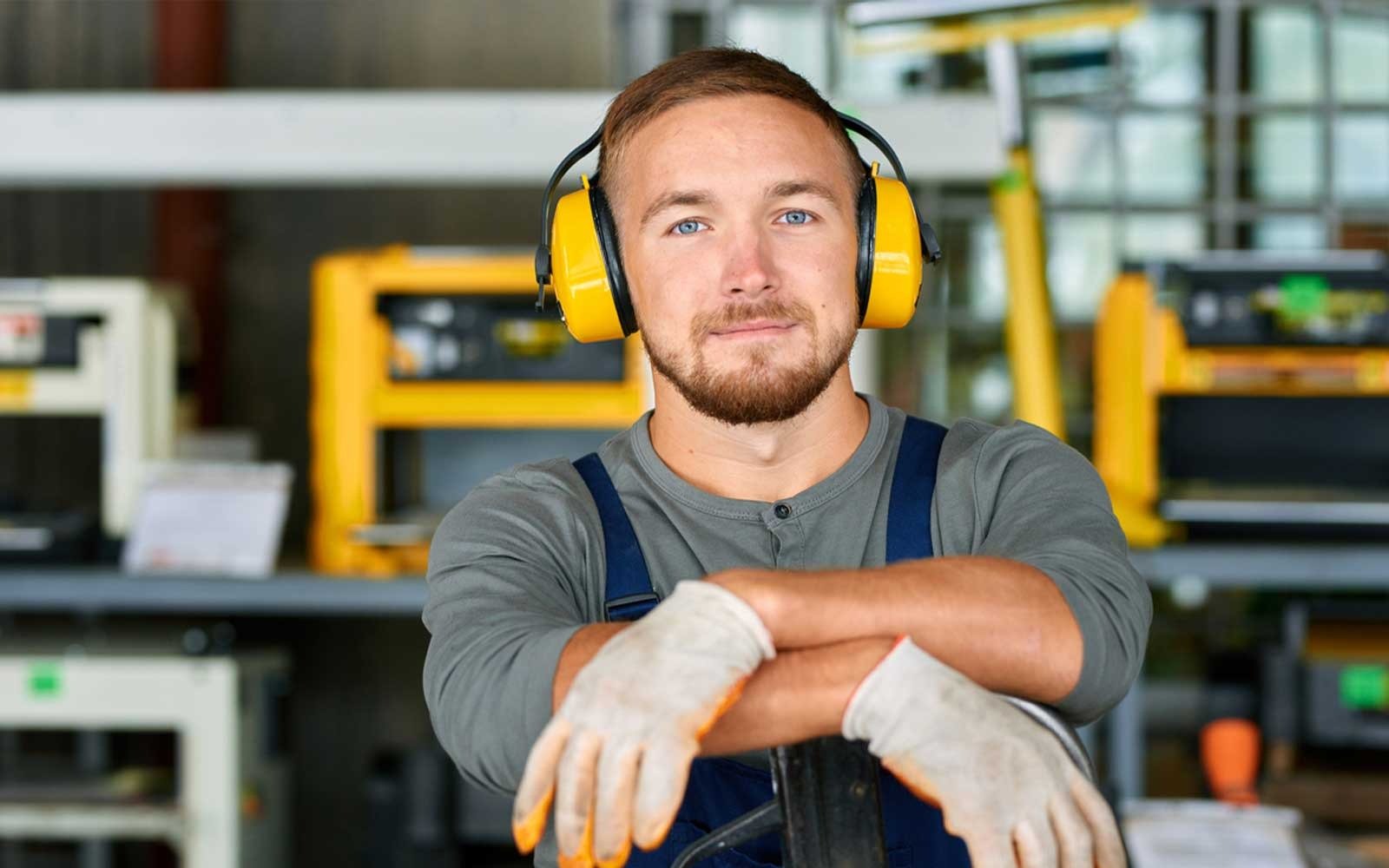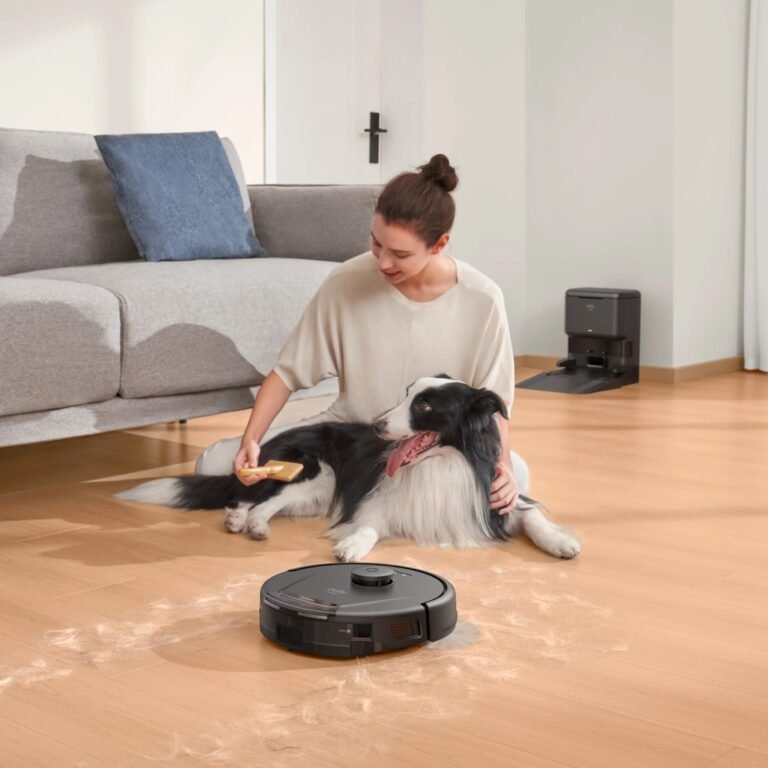Redefining Hearing Safety in Australia: Workplace Hearing Tests and Environmental Noise Monitoring
Heavy machinery is only a small part of what Australian workplaces look like today. Open-plan offices, call centers, logistic centers, and mining operations all have sound as a critical factor impacting their health, focus, and wellbeing. Most employers know they must provide workplace hearing tests, but only a small number understand the importance of environmental noise monitoring as a tool to protect employees in a measurable and continuous way.
Together, these two practices are the foundation of a revolutionary and predictive method in hearing safety, as opposed to the usual, reactive methodology, safety measures compliance.
The Limits of the Reactive Testing
To many, the anitech workplace hearing tests are just compliance milestones and are carried out only at the beginner stage and then every two years as dictated by Safe Work Australia regulations. Hearing tests tell you what has happened previously, the damage is already done by the time the shifts in hearing are recorded.
The primary issue in workplace hearing tests is timing. Those hearing tests tell you what has happened, not what is happening. Environmental noise data is crucial for predicting shifts, and without it, employers are trying to guess what processes.
That’s where environmental noise monitoring changes the equation. Instead of waiting for damage to show, organizations can identify real-time high-risk acoustic zones or work patterns, and adapt to prevent hearing loss before it happens.
Continuous intelligence: the new normal
Static risk assessments are outdated in Australian workplaces. Machinery ages, maintenance schedules are inconsistent, and work patterns shift with production demands. Noise exposure also changes—hour by hour, week by week.
Periodic or continuous environmental noise monitoring provides the needed visibility for safety teams to adapt. Through smart noise-sensing technologies or wearable dosimeters, safety teams can assess exposure across shifts against stated limits, and overlay results with hearing test data.
The insight becomes powerful when two data sets are integrated: the environmental and the biological. If noise levels in one zone increase, and the workers in that area show early threshold shifts, the connection is clear and actionable.
Australian organizations are thus shifting safely from compliance to control.
Why Managing Noise is Important for Sustainable Workplaces
Noise does have an impact on productivity, and this is often overlooked. In an office setting, noise from HVAC systems or open-plan conversations can drain a person’s energy and make it hard for them to focus. In industries like manufacturing and construction, unpredictable loud machinery can make a person feel anxious and exhausted.
Employers can combine workplace hearing tests and environmental noise monitoring to treat noise as a productivity issue. It isn’t just about preventing injuries. Excessive noise improves distractions, inhibits communication, and limits an employee’s overall productivity.
Industries like healthcare, education, and logistics have noise management integrated into their mental health framework, which is a psychosocial hazard. Workplaces are not only made safer when noise levels are appropriately managed, but they are also made more sustainable and centered around the human experience.
Digitising Hearing Data for Smarter Compliance
In Australia, the Work Health and Safety (WHS) framework is becoming more streamlined and organized. There is a shift from completing the bare minimum for hearing tests, to demonstrating results and utilizing those results for workplace enhancements.
Recent advancements in risk and compliance technologies have enabled businesses to integrate audiometric data with environmental noise monitoring records. The software can detect and automatically flag noise hotspots, set re-assessment schedules, and prepare reports for auditors. The seamless digital integration enables multi-site organizations—which are prevalent in NSW, Victoria, and Queensland—to achieve tighter inter-state standardization with greater ease.
The use of predictive analytics, systems that determine future risk based on current trends in noise exposure and hearing data, will be the next advanced feature.
Building accountability across teams
Noise management is a cultural issue as much as it is a technical issue. In many workplaces, the responsibility of hearing protection and noise monitoring is predominantly assigned to the safety team, which then becomes a siloed approach. Effective control requires action across the relevant spheres of management, maintenance, and the workers themselves.
Workplace hearing tests can be powerful engagement tools if communicated properly. Visualizing the results in real time, together with site noise maps or trend charts, helps workers understand the impact of their actions on their health over time. Similarly, environmental noise monitoring is a tool that enables workers to report problems, suggest improvements, and take ownership of their workspace.
With this new perspective, the aim becomes designing spaces that complement people instead of just shielding people from noise.
The Australian opportunity: turning data into leadership
New industries in Australia are starting to adapt to new ESG frameworks. As these frameworks evolve, the practice of audiometric testing and noise mitigation becomes an expected practice for companies who are serious about social accountability. To exemplify the caring stance about the well-being of employees, control of environmental and workplace noise is a valuable addition.
Healthcare, logistics, construction, and infrastructure sectors can enhance their role in safety leadership by combining audiometric testing and environmental noise assessment. By practicing advanced safety monitoring, they can reduce risks, enhance their reputation, and reduce the potential of costly claims all while meeting environmental and social Australian standards.
Bottom line: the practice of reactive hearing safety is quickly becoming obsolete. Audiometric testing and environmental noise assessment will have to work in tandem in Australia’s developing workplaces. One will provide the human factor and the other the environmental element. This combination will create a predictive model that will elevate the standard of work and hearing safety.






